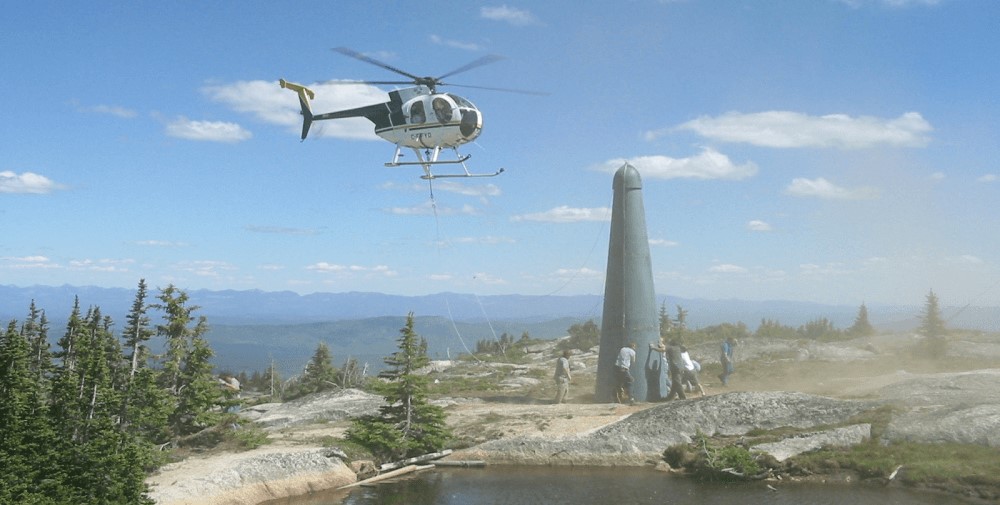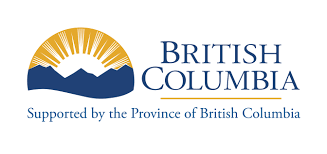For a more detailed list, see the RAC bandplan: rac.ca/proposed-two-metre-2m-band-plan/
or the BCARCC bandplan: bcarcc.org/2m%20Plan%20A%202014.pdf
Calling Frequencies
| Description | Frequency | Mode | Notes |
|---|---|---|---|
| International 10m FM Simplex | 29.600 | FM | Can offer worldwide communications under favourable propagation conditions. |
| 6m SSB Calling | 50.125 | USB | Users should move up if the band is open beyond normal line of sight. |
| National 6m FM Calling | 52.525 | FM | Calling and general use. |
| 2m SSB Calling | 144.200 | USB | Users should move up if the band is open beyond normal line of sight. Okanagan 2m SSB Net can be found on this frequency, Tuesday at 7:30 PM local time. |
| National 2m FM Simplex | 146.520 | FM | Calling Frequency, also used when traveling in areas with few or no local repeaters. |
| 2m FM "Adventure" Simplex (Unofficial) | 146.580 | FM | Alternate activity frequency for SOTA, POTA, and other contacts. Use of this frequency will reduce traffic on 146.520, which can be busy at times. |
| National 1.25m FM Simplex | 223.500 | FM | Calling and general use. |
| 70cm SSB Calling | 432.200 | USB | Users should move up if the band is open beyond normal line of sight. |
| National 70cm FM Simplex | 446.000 | FM | Calling and general use. Unfortunately some tourists (or their children) with FRS radios (legal in Europe) are occasionally heard on this frequency. European FRS radios are NOT legal in Canada. |
Simplex Frequencies
FM simplex operation is allowed on a wide range of frequencies not otherwise allocated for repeaters or special use. Channel spacing per the BCARCC (BC Amateur Radio Coordination Council).
Tired of being cooped up on repeaters? Try some fresh air(waves) on simplex!
| Description | Frequency | Mode | Notes |
|---|---|---|---|
| 2m FM Simplex | 146.415 - 146.580 | FM | (15 kHz spacing) |
| 2m FM Simplex (internet links) | 147.420 - 147.585 | FM | (15 kHz spacing) EchoLink, IRLP, Hotspots, etc |
| 1.25m FM Simplex | 223.490 - 223.590 | FM | (20 kHz spacing) |
| 70cm FM Simplex | 446.000 - 446.975 | FM | (25 kHz spacing) |
Special Interest Frequencies
| Description | Frequency | Mode | Notes |
|---|---|---|---|
| Amateur TV Audio | 144.340 | FM | Talkback and coordination. May also be used for temporary APRS operations local to the Okanagan. |
| ARISS | 145.800 | FM | Hams in space - Amateur Radio on the International Space Station (ARISS). FM Voice downlink frequency for Space to Ground Voice Comms. Also used for SSTV transmissions from the ISS. |
| Hang Gliding | 146.415 | FM | Hams in the air (unfortunately a few unlicensed pirates heard). Most active in the Lumby area. |
| 4X4 | 146.460 | FM | Hams in the backcountry (unfortunately a few unlicensed pirates heard) Much activity in the Okanagan area. |
Other Specialty Frequencies
Theses frequencies are used for specialized communications modes. Please refrain from operating FM Voice on these frequencies.
For digital transmissions using WSJT-X (FT8,FT4,MSK,Q65,etc), the convention is to transmit on the odd/2nd interval if pointing East, and the even/1st interval when pointing West.
| Description | Frequency | Mode | Notes |
|---|---|---|---|
| Digital | 50.235 | Q65-120E | Tropo/Rain/Back scatter (100W or less) |
| Digital | 50.260 | MSK144 | Meteor scatter (usually 15 sec tx intervals) |
| Digital | 50.275 | Q65-30A | Tropo/Rain/Back scatter (100W or more) |
| Digital | 50.303 | FT8 | 6m Grid DX-peditions (mostly prearranged by sked) |
| Digital | 50.313 | FT8 | (within North America) |
| Digital | 50.318 | FT4 | (within North America) |
| Digital | 50.323 | FT8 | (DX outside North America) |
| CW calling | 144.100 | CW | |
| Digital | 144.120 - 144.140 | various | Moonbounce (EME) |
| Digital | 144.150 | MSK144 | Meteor scatter |
| Digital | 144.170 | Q65-60C | Tropo/Rain/Back scatter |
| Digital | 144.174 | FT8 | |
| APRS | 144.390 | FM Packet | North America wide APRS |
| ARISS | 144.490 | FM | Is there anybody out there? - Amateur Radio on the International Space Station (ARISS). Voice uplink for open International Space Station contacts. (Please read ariss.org/contact-the-iss.html before asking 👽) |
| Packet Networks | 144.910 - 144.970 | FM Packet | North America wide (1200 baud AX.25) (20 kHz spacing) |
| APRS low power | 144.990 | FM Packet | Alternate APRS for local operations |
| Packet Networks | 145.010 | FM Packet | North America wide (1200 baud AX.25) |
| ARISS | 145.825 | FM Packet | Amateur Radio on the International Space Station (ARISS). 1200 baud AX.25 Digipeater on the ISS. |
| Satellite | 145.800 - 146.000 | various | Multiple modes (FM, SSB, CW, Digital) for satellite work (uplinks and downlinks) |







